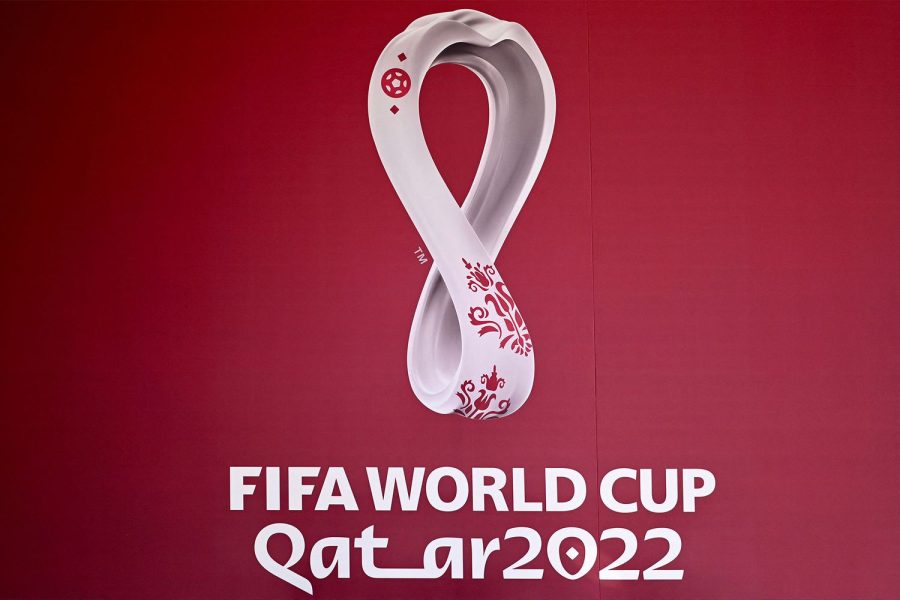Qatar’s Shortcoming of a World Cup
December 16, 2022
4,468 mi2.That is the size of Qatar, the country hosting the 2022 FIFA World Cup. For reference, that is smaller than the U.S. state of Connecticut. The Middle Eastern country of Qatar might not have been the most ideal country to host the most important, phenomenal, worldwide tournament. Not only due to its size, but due to other factors that made this World Cup generally harder to follow than previous ones.
The World Cup is a soccer tournament that is held every four years in one host country, which makes the tournament as interesting, fun, and entertaining as possible. The locations of World Cups are chosen through a bidding process. The decision to host the World Cup in Qatar was decided in 2010 after the country won the bidding war, leading with the most money.
The World Cup being hosted in Qatar was a great way to put Middle Eastern countries in the limelight, show the world what Middle Eastern countries are truly like, and promote the potential of a great host country.
Qatar is customarily a jaw-dropping, beautiful, cultural country. But was it a right fit for the World Cup?
The small size of the country forced the officials to make tight, accommodating rooms in small sections that fit all the necessary functions in them and nothing more. The organization of housing was not Qatar’s strong suit.
According to a New York Times article by John Branch, a soccer enthusiast named Sheng Xie explored Qatar’s housing for the World Cup. Xie paid roughly $200 for one night in a “hotel” that he compared to a “shipping container”. Xie stated that the accommodations weren’t even housing but rather just a number of metal boxes in tight rows. Xie also states that the containers were “hastily set up in a dirt field near the airport.”
Qatar spent roughly $10 billion dollars on the construction of their one-of-a-kind stadiums that fit thousands of people but seemed to forget about the fact that they need to place their tens of thousands of people somewhere. Hospitality is one of the most important accommodations a country can give its visitors, and Qatar didn’t seem to fit the standards for most foreigners.
Due to Qatar’s year-round hot weather, this year’s World Cup was forced to be played in the winter months of November and December, when the Cup is usually played in the months of June and July. This is the first World Cup to be played in the winter (Northern Hemisphere climate) and the shortest tournament length since Argentina’s World Cup in 1978.
This year’s “Winter Cup” forces the players to prolong the length of their usual soccer seasons. Most soccer teams across the globe end their seasons at the end of summer, usually in September. The World Cup being played in the winter months prolongs the players’ season by 2-3 months, making the players more prone to injuries and instability. Not only do the players experience physical inability but mental incapacity as well. The players are tired of the game and ready for the break they never received.
Not only do the winter months put the players at a disadvantage, but also the viewers. With an expected number of 5 billion viewers for this year’s World Cup, viewers deserve to have an uninterrupted and fun viewing celebration. The Winter Cup doesn’t necessarily allow that though considering many are in school, at work, or blatantly too busy. The World Cup being in the summer months (as it traditionally is) is ideal considering school is out, many are on vacation, and there is visibly less stress. Qatar’s Cup was the first to break this tradition and put many on edge because of it.
Though the 2022 Qatar World Cup can be seen as flawed, there is one thing that is obvious. Senior Mahmoud Ghanayem says it best, “Every single country has a downside. It doesn’t matter where you go, there will be something wrong with it.” This year’s World Cup fell short with a few things but overall was organized beautifully. Qatari and FIFA officials had a great organization in perspective and have a lot to be proud of. The Qatar World Cup was a societal and cultural awakening that united fans across the globe and brought them together through one common joy: soccer.








